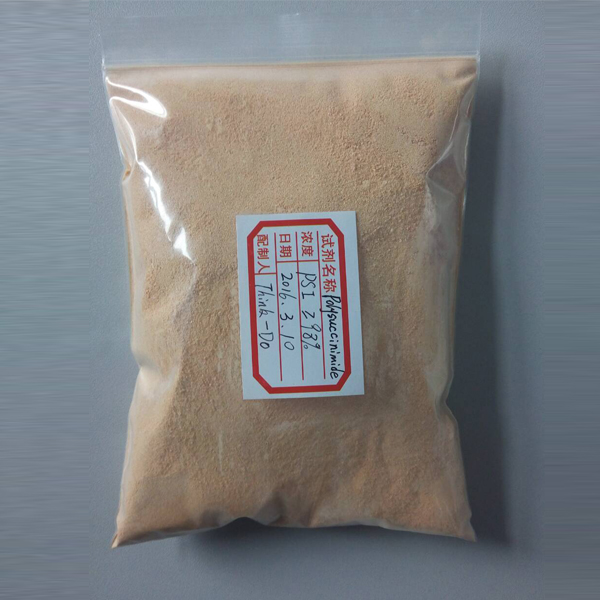
News
Nov . 07, 2024 13:48 Back to list
Effective Cleaning Solutions Utilizing Chelating Agents for Optimal Dirt Removal
The Role of Chelating Agent Cleaners in Modern Cleaning Solutions
In the world of cleaning products, the term chelating agent may not be immediately familiar to everyone. However, these compounds play a pivotal role in the effectiveness of many cleaning solutions, particularly when it comes to tackling hard water stains, mineral deposits, and even some forms of bacteria and algae. This article explores the importance of chelating agents in modern cleaning products and how they enhance cleaning efficacy.
What Are Chelating Agents?
Chelating agents, or chelators, are molecules that can bind to metal ions, effectively grabbing them and rendering them inactive. This binding action helps to prevent these metal ions from interfering with other chemical processes that occur in cleaning. Chelators are often used in formulations to improve the solubility of compounds and increase the stability of the solution.
Common metal ions that chelating agents target include calcium, magnesium, iron, and manganese. In areas with hard water, the presence of these minerals can lead to a range of cleaning challenges, including soap scum buildup and the reduction of detergent effectiveness. Chelating agents counteract these issues, ensuring that cleaning products work as intended.
How Do Chelating Agents Work?
When a chelating agent is introduced to a cleaning solution, it seeks out and binds to metal ions present in the mixture. For example, if a cleaner contains calcium ions from hard water, the chelating agent will attach to these ions, forming a stable complex. This complex is more soluble than the original metal ions, allowing them to be rinsed away more easily during the cleaning process. As a result, surfaces are left cleaner, with fewer mineral deposits.
This mechanism is not only effective for traditional surface cleaning; it also extends to laundry detergents. Chelating agents help to ensure that fabrics remain vibrant and free from mineral buildup, which can dull colors over time. By using products containing chelating agents, laundry can be fresher and more appealing.
Types of Chelating Agents
Several types of chelating agents are commonly used in cleaning products. Some of the most prevalent include
1. EDTA (Ethylenediaminetetraacetic Acid) Perhaps the most recognized chelator, EDTA is used in a plethora of household and industrial cleaning products. Its effectiveness in binding with metal ions makes it a staple in many formulations.
chelating agent cleaner

2. Citric Acid This natural chelator not only helps to dissolve mineral deposits but also acts as a pure acid, providing a dual-action cleaning solution. Citric acid is often found in eco-friendly cleaning products.
3. Phosphates Traditionally used in detergents, phosphates have come under scrutiny due to their environmental impact. However, they remain effective at binding with hard water ions.
4. Sodium Gluconate An environmentally friendly alternative, sodium gluconate is often used in formulations aimed at meeting stricter ecological standards.
Advantages of Using Chelating Agent Cleaners
1. Enhanced Cleaning Performance The primary advantage of chelating agents is their ability to improve the overall cleaning power of products. By binding to metal ions, they prevent adverse reactions that would otherwise diminish efficacy.
2. Stain Removal Chelating agents excel at removing tough stains caused by hard water deposits and rust, leading to cleaner surfaces and brighter fabrics.
3. Eco-Friendliness Many modern chelators are biodegradable and less harmful to the environment compared to traditional phosphates, making them suitable for eco-conscious consumers.
4. Versatility Chelating agents can be integrated into various types of cleaning products, from household cleaners to industrial solutions, making them a versatile choice for addressing different cleaning needs.
Conclusion
Chelating agent cleaners represent a significant advancement in cleaning technology. With their ability to bind to and neutralize troublesome metal ions, these agents enhance the performance of cleaning products, ensuring effective and efficient solutions for a wide range of cleaning tasks. As consumers become increasingly aware of the environmental impact of cleaning products, the shift toward biodegradable and eco-friendly chelating agents will likely continue to shape the future of cleaning solutions. Embracing these advancements not only leads to cleaner spaces but also promotes a healthier planet.
-
Polyaspartic Acid Salts in Agricultural Fertilizers: A Sustainable Solution
NewsJul.21,2025
-
OEM Chelating Agent Preservative Supplier & Manufacturer High-Quality Customized Solutions
NewsJul.08,2025
-
OEM Potassium Chelating Agent Manufacturer - Custom Potassium Oxalate & Citrate Solutions
NewsJul.08,2025
-
OEM Pentasodium DTPA Chelating Agent Supplier & Manufacturer High Purity & Cost-Effective Solutions
NewsJul.08,2025
-
High-Efficiency Chelated Trace Elements Fertilizer Bulk Supplier & Manufacturer Quotes
NewsJul.07,2025
-
High Quality K Formation for a Chelating Agent – Reliable Manufacturer & Supplier
NewsJul.07,2025
